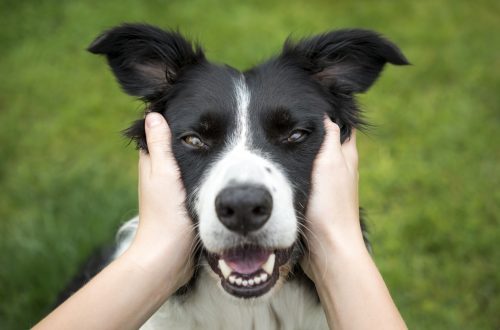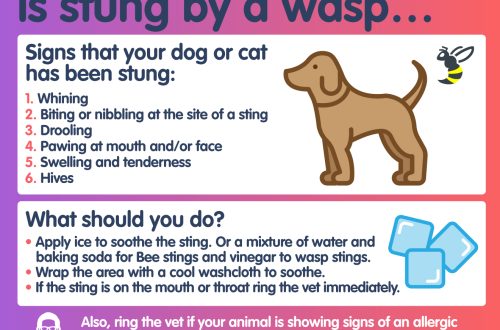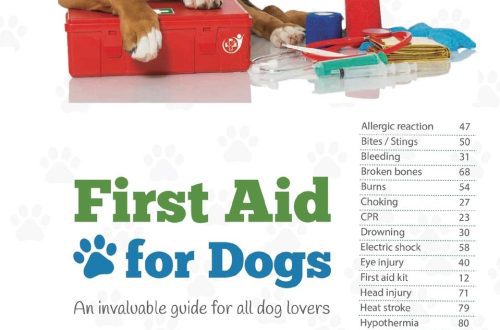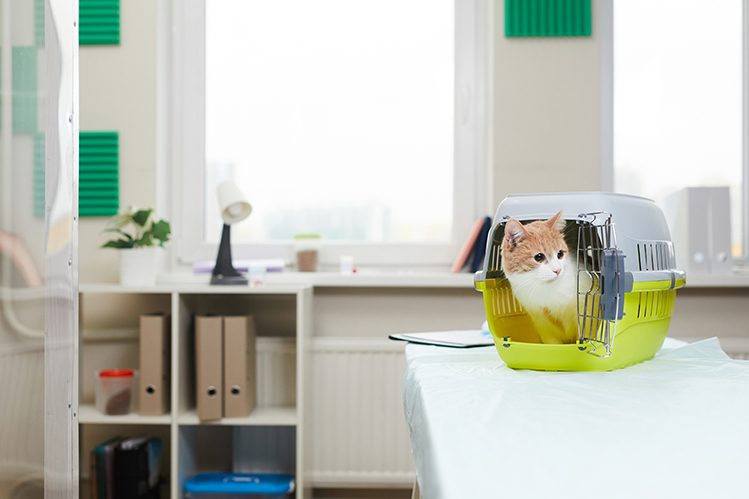
Why go to a veterinary neurologist?
Even in the most attentive and loving owners, a dog or cat can get neurological diseases. In this case, you should definitely contact a veterinary neurologist. This veterinarian helps to cope with the neurological problems of four-legged animals, congenital pathologies, the consequences of injuries, past infectious and other diseases.
Contents
What diseases does a neurologist treat for animals?
A veterinary neurologist will help your pets if they have suffered:
paralysis;
epilepsy;
traumatic brain injury;
spinal fracture;
injuries with lymph accumulations, hematomas, nerve damage;
complications after an infectious disease.
To identify the cause of the disease, the doctor resorts to several diagnostic procedures: radiography, MRI, CT and others. You may need to take a sample of cerebrospinal fluid, examine the fundus, check the biochemical composition of the blood.
The results of these tests will help the veterinary neurologist find out how serious everything is and which part of the nervous system is affected. Depending on this, the doctor will prescribe the optimal treatment.
What awaits you at the doctor’s appointment and how to prepare for it?
The first appointment with a neurologist begins with a consultation. The doctor will clarify whether the pet was injured, how long ago it happened, when you noticed the first alarming symptoms, and whether you tried to help the four-legged yourself.
Along the way, the neurologist observes the caudate patient, checks reflexes and looks at the coordination of movements.
Next, the doctor will send you and your pet for additional examinations to reveal the full picture of the disease and prescribe treatment.

How to prepare for an appointment with a neurologist?
To make it easier for you, the pet and the doctor, we recommend that you prepare for the consultation in advance and take into account some of the nuances.
If you have been to a veterinary clinic before, be sure to take your pet’s medical record and other documents with you. The results of previous examinations may help the neurologist.
Do not feed your pet on the day of the inspection. Or feed a few hours before going to the clinic so that the caudate has time to go to the toilet.
Do not give your pet painkillers on the eve of the appointment, even if he is very ill. This will prevent the neurologist from seeing the clinical picture in full and making the correct diagnosis.
If the pet cannot walk on its own, put it in a carrier, carry it very carefully, because. any sudden movements can cause unbearable pain. If transportation is difficult, call the veterinarian at home.
The main thing is to act quickly and calmly. Remember, the sooner you help your friend, the greater the chance of a positive outcome. To do this, you need to carefully monitor your pet and respond in time to any oddities in his behavior.
How to understand that your pet needs the help of a neurologist?
Make an appointment with your veterinary neurologist immediately if your pet has any of the following symptoms:
trembling or paralysis of the legs;
violation of coordination of movements;
the head is always tilted to one side or it is difficult for the pet to raise it;
nervous tic;
repeated vomiting;
convulsions;
it is difficult for the pet to move or he does not do it at all;
some area on the body has become hypersensitive or, conversely, insensitive;
vision and hearing have deteriorated, the pupils are constricted, the pet does not smell and does not respond to its nickname;
the pet behaves strangely: it is frightened of what it did not pay attention to before, it often sleeps for a long time, it is apathetic or overexcited;
the four-legged does not control his body, he can empty himself before reaching the toilet;
a dog or cat does not want to play and communicate with the owner, tries to retire, refuses to eat and drink;
pet’s movements are uncertain, he overcomes obstacles with fear (steps, sills, etc.), dogs whine at sudden movements or when a person touches them.
Make an appointment with a neurologist without delay if your pet has a head, paw or spinal injury. Be careful with open fractures: bone fragments can hit nerves. The sooner the four-legged will be in the hands of a doctor, the sooner he will get better.
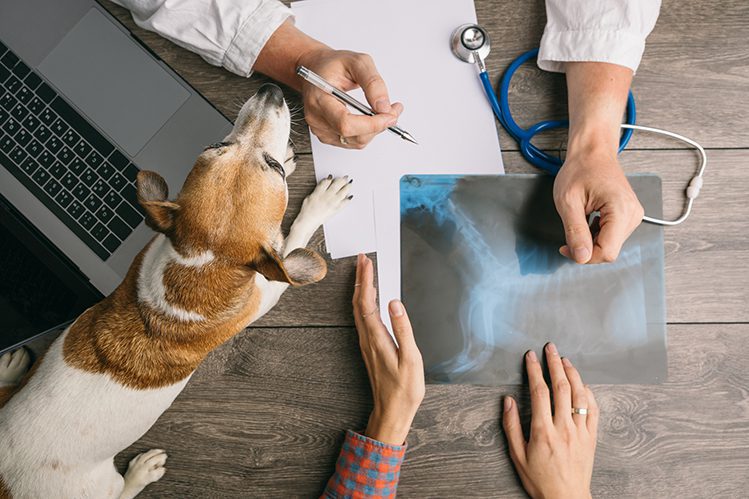
How to take care of a sick pet?
The help of a neurologist is not all that an injured pet needs. A lot depends on the actions of the owner, so you need to follow the following recommendations:
Do not self-medicate and do not hope that “it will pass by itself.” So you miss precious time and may not save your pet.
Be sure to follow all instructions given by your veterinarian. Do not give the four-legged medicines that the doctor did not prescribe, do not buy drugs in a human pharmacy, even if your friends advise you to do so.
The patient may refuse food, but it is not necessary to force food. But it is necessary to drink water, otherwise dehydration will occur. To give a dog or cat a drink, take a syringe without a needle and inject cooled boiled water into the mouth.
Tablets prescribed by a doctor should be crushed into powder and added to water. Introduce it into the mouth of the pet in small portions so that he has time to swallow. If the specialist said to give the pills without fail in their original form, without kneading, you can buy treats at the pet store where the pill is placed. So the four-legged will not notice the catch.
Ointments must be closed from a dog or cat, because. they lick them. If you can’t close it, put the collar on the neck of the four-legged.
Be sure to wash your hands when caring for a friend, because. it can be a carrier of an infectious disease or worms.
Keep the patient calm and comfortable, do not allow small children to squeeze and disturb him.
Only the attentive attitude of the owner and the timely help of a doctor will save the pet’s life.



